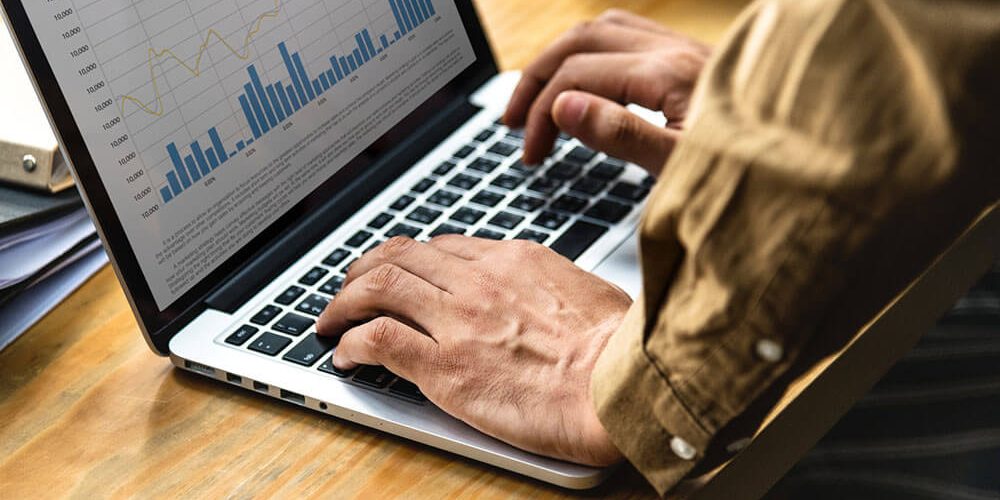Big Data is playing a part in shaping the future as we know it. Technology helps humanity become more analytical and industries, as well as businesses all around the world, are making use of the information garnered from complex systems.
Drones of different shapes and sizes serve purposes in diverse fields ranging from construction and agriculture to journalism and real estate. So far, the most benefit can likely be found in data collection and drones are wonderfully well-equipped for the job. These little machines monitor infrastructure, collect details from aerial views and assess situations with a great deal of precision.
They are more manoeuvrable than manned vehicles, usable in more locations and more cost-effective than other more conventional methods. Fixed-wing and rotary aircraft were once the best options for observing and monitoring from above but today, drones are able to offer the same capacity for data collection for a fraction of the cost.
Here are some of the biggest ways in which drones can make data-gathering more effective.
Flexibility
It’s pretty easy to see how drones can provide a stronger edge over bigger, bulkier aircraft when it comes to data-gathering. These compact machines are amazing tools for accessibility. They can hover up to appropriate altitudes at very little cost and can squeeze through hard-to-reach areas. They can be equipped with flexible cameras and diverse instrument mounts to capture, extract, process and analyse as much information as possible.
The implementation of AI
As the Internet of Things becomes more complex and advanced, the capabilities of drones and their data collection platforms are likely to follow suit. Now, AI is finally making its way into the list of features soon to be issued with drones. Developers like Aria Insights aim to make use of AI for more effective data collection while also keeping users safe. As powerful and promising as drones may be, they’re sometimes limited by the use/interpretation of the data they collect. However, AI has the power to change that. With intelligent and autonomous drone models designed to both collect data and analyze actionable insights for users, smarter data collection can enable drones and AI to remove humans from unsafe situations. This can be done with the help of sophisticated machine learning to make quick and efficient decisions.
Aiding energy
Drones are now being put to use in the energy sector, carrying out inspections on infrastructure and monitoring factors like safety, efficiency and productivity. Service providers work with large engineering firms to enable the collection of visual static and thermal data of assets through the use of well-equipped drones. Drone specialists help businesses use software that can extrapolate information from extracted data. Any anomalies, defects, cracks or deficiencies can be identified and solved before further damage is dealt.
Traffic control
If you ever see a suspicious looking drone hovering over a massive jam that you’re stuck in on the road, don’t be alarmed, it’s probably your government gathering data to better plan traffic management systems. Commercial drones are now being used together with AI algorithms to also provide predictions and suggestions on how certain problems (like traffic jams) could be solved. Automation is taken a step further through machine learning and optimised intelligence.
Possibilities abound with regards to the innovation of problem-solving and data-gathering through the use of drones. With the rising demand for drone specialists who are trained and highly skilled, expect the opportunities for career advancement to also be plentiful.
Asia Drone IoT Technologies lets you leverage the incredible power of drone technology for career advancements, industry applications, and learning.








